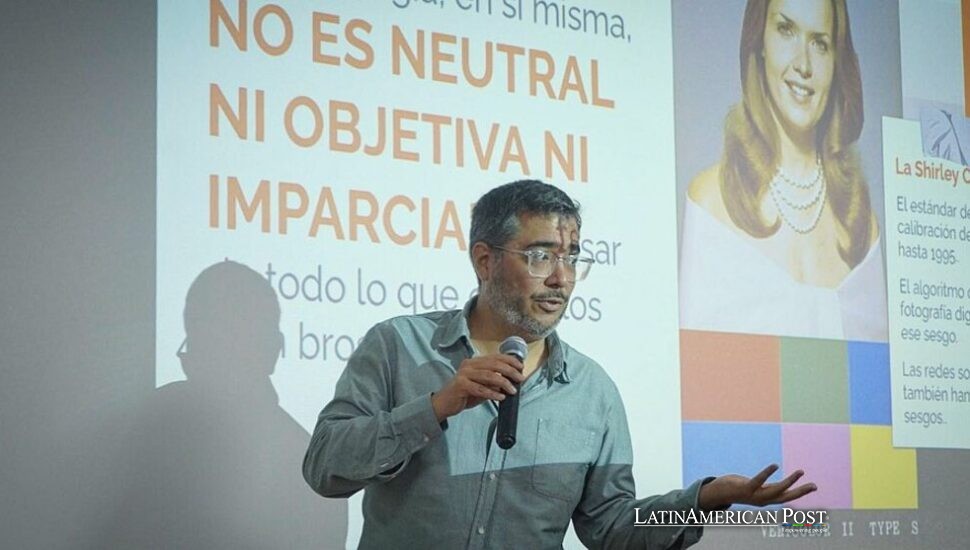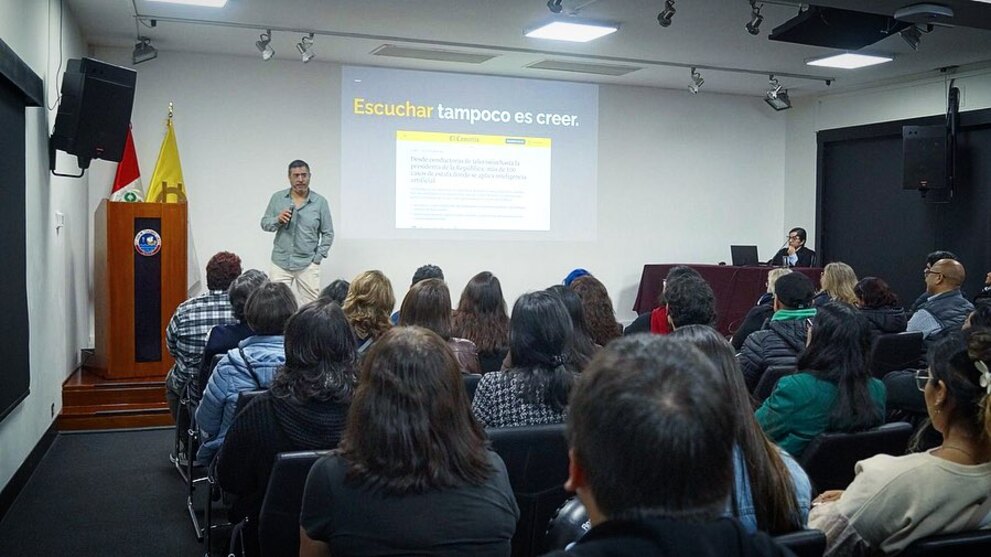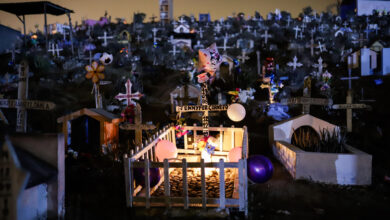How Latin Americans Are Rewriting the Spanish Soundscape, One Podcast at a Time

Nearly one in ten people living in Spain today were born in Latin America. As migrant voices multiply, new podcasts and radio shows are emerging—not as nostalgia pieces, but as lifelines that blend homegrown news, practical survival, and cultural solidarity.
From a Quarantine Voice Note to a Lifeline for Peruvians
When Spain shut down in March 2020, journalist Marco Sifuentes was alone in a small Madrid apartment. Like millions of others, he had no idea how long the lockdown would last. He opened his laptop and began recording a short voice note for family in Lima.
It wasn’t flashy—just a calm, clear summary of the day’s pandemic news. But by the next week, it had become a daily habit. He called it La Encerrona, a nod to the feeling of being trapped. Four years later, it’s one of the most-listened-to Spanish-language podcasts in Europe, streamed on Spotify, YouTube, and WhatsApp to tens of thousands of Peruvians across the continent.
“I wanted to give people something to hold onto—truthful information, delivered with care,” Sifuentes told EFE.
Researchers at Universidad Carlos III say the show fills a void. Migrants, they argue, want more than homeland headlines—they want news that’s close enough to matter, but framed in a voice that sounds like home. It’s what media scholars call “diasporic proximity”: not just reporting, but cultural anchoring.
Sifuentes keeps each episode under 15 minutes, aimed at people listening on the bus or between cleaning jobs. “That commute is the only time many people have,” he says. And that small window of attention has made the show something more than a podcast—it’s become a lifeline.
News, Cumbia, and the Weight of Bureaucracy
In Valencia, Colombian broadcaster Álvaro Hernández has been hosting Todo Noticias for nearly two decades. It’s one part talk radio, one part community helpline.
Each week, callers ask how to register for public health, renew residency permits, or enroll their kids in school. In between, Hernández plays cumbia hits and offers political commentary from Bogotá.
He arrived in Spain in 1999, undocumented and anxious. “I know what it feels like to wait in line for hours, not knowing if you have the right paper,” he told EFE. “So when someone calls in, I feel it. I’ve been there.”
According to a 2024 study from the Complutense University of Madrid, this hybrid style—half journalism, half neighborhood clinic—has a measurable effect. It helps migrants navigate bureaucracy, builds trust, and strengthens civic engagement. But national media haven’t caught on.
“After 25 years here, you still rarely see Latino anchors on Spanish national television,” Hernández says. “We stay on the periphery.”
Sifuentes echoes the point. He believes that even successful shows like La Encerrona exist outside the media establishment, not within it. “There’s a ceiling,” he says. “We provide the content, but not the face on the 9 P.M. news.”
Exile Journalism Isn’t Just Political—It’s Personal
Cristina Bolívar, known to her YouTube followers as La Bolívar, fled Venezuela not just for economic reasons but for safety. A journalist in Caracas, she was beaten by police and harassed online for exposing corruption.
“Being a journalist in Venezuela is dangerous,” she says from her new home in Barcelona. “Every day feels like a choice between silence and exile.”
Her videos now focus on debunking disinformation spread by Venezuelan state media. She also produces short explainers on Spanish immigration law, citizenship pathways, and asylum rights—often using humor to cut through the fear.
Her trauma is not unique. A 2023 report from the University of the Andes documented over 200 attacks on journalists in Venezuela that year alone. Colombia ranks just 115th in Reporters Without Borders’ 2025 Press Freedom Index, not far behind.
Even in Spain, exile leaves a mark. These journalists say they carry their scars with them, but they’ve turned them into fuel. For Bolívar, that means reporting without censors. For Sifuentes, it means broadcasting Peruvian corruption investigations that would be dangerous to air back home.
Their work is not just informative—it’s therapeutic. And it’s redefining what it means to be a journalist in exile.

IG@instaocram
A Growing Audience—and a New Generation Behind the Mic
Spain’s Latin American population is not a niche. It’s a rising demographic force—nearly 4 million people, up from 1.3 million in 2018, according to national census data. And their children are beginning to come of age, fluent in both Spanish legal codes and Latin American idioms.
Rosa Cerezuela, a media professor in Madrid, believes we’re on the cusp of a diasporic media boom, similar to what Germany experienced with Turkish broadcasters in the 1990s.
Bolívar dreams of hosting a mainstream Spanish TV show. She cites Univision’s Latino anchors in the U.S. as proof that immigrant voices can attract broad audiences. “If we build it,” she says, “they will come.”
Sifuentes wants to syndicate La Encerrona through Latin grocery stores’ in-house audio systems.
Hernández, nearing retirement, is searching for a successor. “The community needs will outlast my voice,” he says. “These shows must survive their creators.”
What unites them isn’t just a migration story—it’s a shared belief that journalism made by migrants isn’t niche content. It’s essential. It bridges two bureaucracies, two cultures, two rhythms of life.
And above all, it speaks in a voice that says: we are here.
In Spain, as accents diversify and neighborhoods transform, a different kind of media is rising—slowly, quietly, but unmistakably. It lives in WhatsApp audios, late-night YouTube premieres, and radio dials turned just slightly left of center.
What it offers isn’t just news. It’s reassurance, representation, and resistance—delivered one episode, one answer, one familiar voice at a time.
Also Read: Sumapaz After the Guns: In Colombia’s Highlands, Memory and Milk Flow Side by Side
Credits: Reporting and interviews by EFE with Marco Sifuentes (La Encerrona), Álvaro Hernández (Todo Noticias), and Cristina Bolívar (La Bolívar); academic context from Universidad Carlos III, Complutense University of Madrid, University of the Andes, and media research by Rosa Cerezuela.





